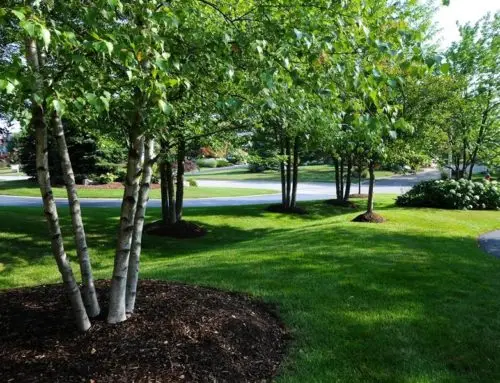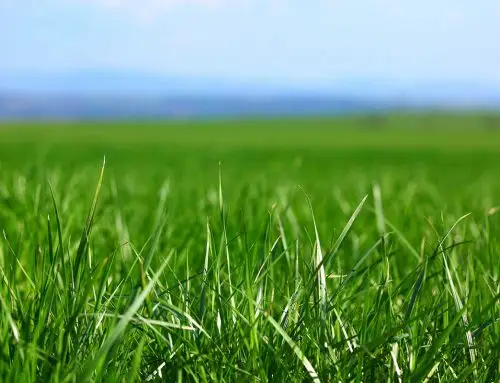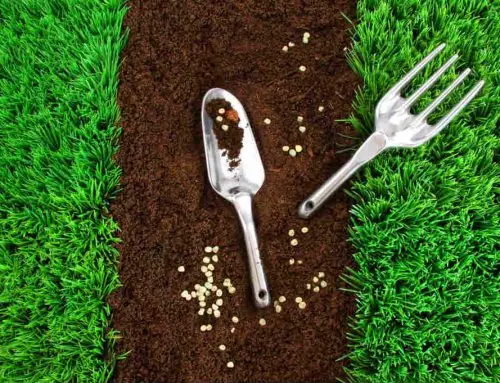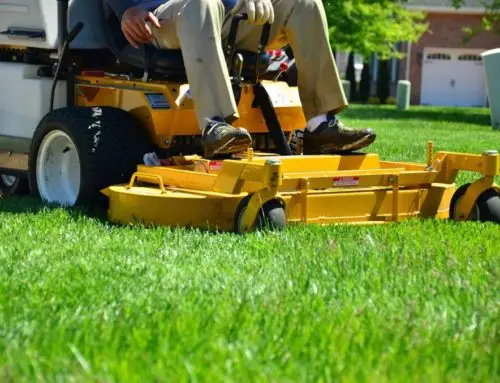Until you own a home with a lawn to grow and maintain, you probably never considered all the different types of grasses on the market and various climates that contribute to its rich growth and well-being. Now that the growing season has taken off, you might be wondering the biggest trick to picking the correct grass type for you to have the perfect lawn.
Homeowners seem obsessed with their lawns and developing a healthy, green lawn has become an indicator of someone who knows how to garden. Just consider the amount of lawn care products that you can find at any retail home garden center and you know how much we invest in our lawns. However, achieving a great lawn takes time and doesn’t occur overnight. It is accomplished by someone doing a bit of planning before putting in, or re-establishing, a lawn because they pay attention to a few details in order for the grass to do well.
If the grass around your home is looking poorly and not living up to your expectations, don’t fret because there are numerous things that you can do to create the perfect lawn. The first thing you must do in selecting a species for your lawn is to identify your region and climate. Canadian lawns consist mostly of cool season turf-grass because the lawns have their main growth periods in the spring and fall.
Cool season grasses are capable of thriving in places with cooler climates, but as we all know, they require a lot of water to maintain their appearance in hot summer temperatures. Lawns can also have a mix of different grass species that are beneficial for tolerating a range of growing conditions. These mixtures can help to make the lawn less vulnerable from pest damage spreading to the whole lawn rather than just using a single grass species. Once you have selected a species for your particular region, you can now narrow down the best grass seed type based on your specific requirements and what you want to do with your lawn. As an example, will your lawn be used for a kids play area and pets running on it or simply for good looks around your garden areas?
Here are some of the best cool season grasses to grow this season for a great looking lawn.
- Bentgrass was originally cultivated for use on golf course greens. Its main advantage is that it tolerates extremely close mowing. However, if not mowed regularly, it takes on a shaggy appearance.
- Kentucky Bluegrass is perhaps the most well-known cool-season lawn grass in North America. It is most commonly used for homes, parks and sports fields. It can be blended with other complementary species to provide the best lawn appearance and versatility.
- Rough Bluegrass is a fine-textured turf-grass capable of withstanding a considerable amount of shade if sufficient moisture is present. It is sometimes combined with Kentucky Bluegrass because of its shade tolerance.
- Fescue comes in a number of different fescue grass seed varieties. There are two categories of fescue lawns. One is turf-type tall fescue and the other is fine fescue. Both blends of seed are suitable to grow lawns and recognized for their good appearance and versatility.
- Perennial Ryegrass seed is a quick-growing, cool-season bunch grass used across North America for home lawns, athletic fields and golf courses. Common perennial ryegrass germinates quickly for an almost instant lawn. It can be used as a temporary ground cover while the slower growing bluegrass species takes hold.
Before you seed, your lawn requires a good spring cleanup to produce a healthy summer lawn since winter can alter soil pH, compact the soil, and create conditions friendly to weeds and disease. To start the year off right, it’s crucial that you properly clean, fertilize and mow your yard early in the season.





